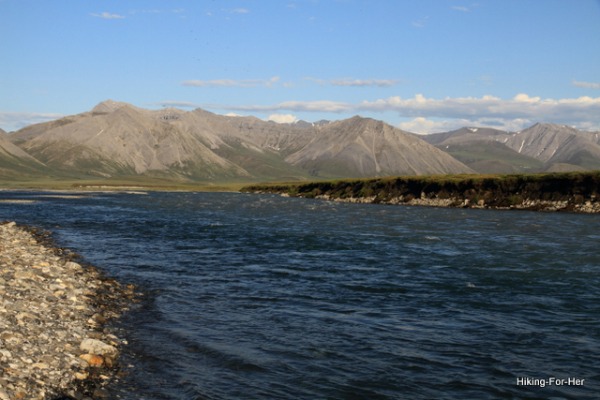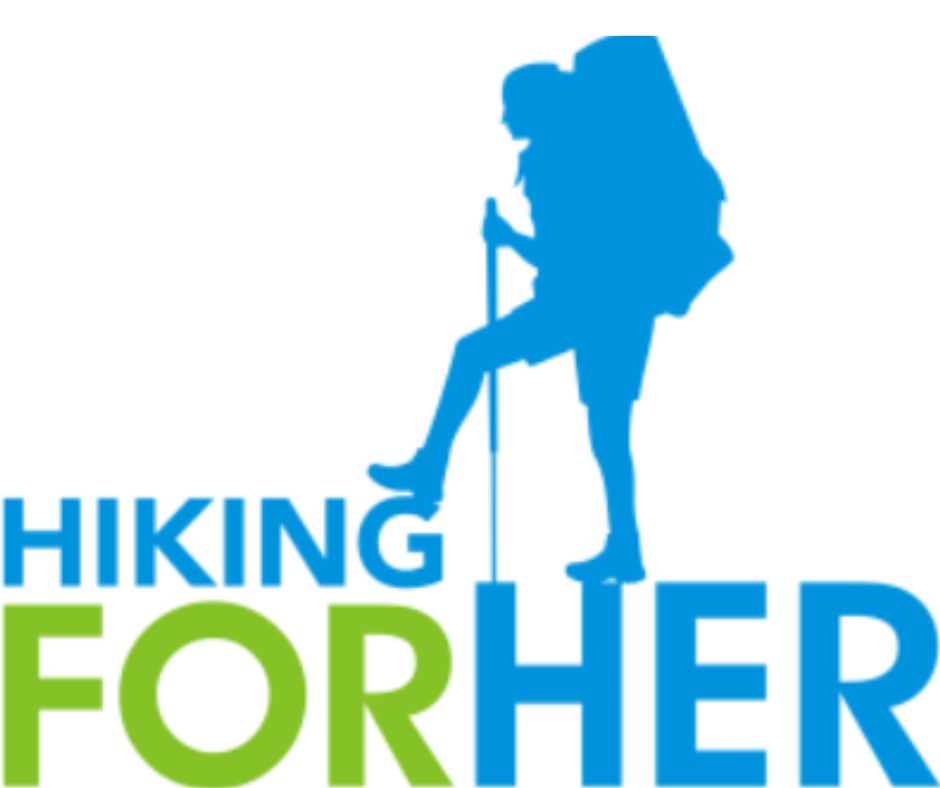Hiking Map Symbols:
A Fun Language
By Diane Spicer
Hiking map symbols are a secret language, one that is very useful for hikers.
If you've never taken the time to look carefully at a map, you are missing out on a lot of information which could add huge amounts of enjoyment to your hiking.
Somebody spent a lot of time and/or money mapping the location you're interested in hiking through.
They translated what they saw into handy little pictographs, and put them on a map to make your hike safer, and to save you time.
- For instance, who wants to wade through a swamp?
- Just go around! It's easy to do if you have the right map in your hands.
Making sense
of a hiking map
 Hiking map symbols tell the tale of the land (and water) without any words!
Hiking map symbols tell the tale of the land (and water) without any words!So how do you read a map?
When you need to read a map, you're going to be focusing on symbols, with words playing a supportive role.
Learn to love a chance to flip your thinking like that!
Hiking map symbols are an elegant shorthand to give you a mental picture of the terrain you'll be hiking through.
The key to using symbols?
Use the key!!
Using hiking map symbols:
keys & legends
Hikers love topographical maps because they depict the hiking terrain and topograhy by highlighting useful features:
- surface water (lakes, ponds, swamps)
- running water (seasonal and permanent rivers and streams)
- elevation gain and loss along a trail
- ridges
- cliff bands
- summits
- valleys
The map's key (or legend) explains which colors and symbols are used to convey all of this important information.
Some of it is intuitive: green for vegetation, blue for water.
But sometimes you need to consult the key to figure out how the landscape has changed.
And it can be fun to see which symbols were chosen to represent natural and man made landscape features.
Map symbol examples
I'd love to convince you that hiking map symbols are the greatest thing since sliced bread.
Spend the next few minutes looking at these symbols (free pdf download from United States Geological Survey, or USGS).
I'll bet there are a few surprises in there for you!
I personally never knew that a wooded marsh or swamp has a different symbol from a submerged wooded marsh or swamp.
- But what a difference that might make to me, if I want to explore the area!
And if I want to avoid human interventions on the landscape, I can tell at a glance where mines, roads, structures, or farming has occurred.
- You would do well to avoid mine shafts and pits!
- And who wants to hike through a farmer's field?
Alternatively, if I get a bit turned around during my explorations, I might want to know in a hurry which direction to go to cross the nearest road.
See how the symbols give you a lot of information quickly?
If you spend a bit of time familiarizing yourself with map symbols, you can translate map information fluidly into action on a hike.
Maps are amazing,
and so are you!
Smart hikers are map savvy - join the crowd!
That way, you can avoid the crowd (if you want to).
And if you need a few more navigation ideas, here they are.
Home page > Hiking Trail Maps >
Hiking Maps Symbols
|
I get emails all the time about what I wear, eat, carry and love to use on the trail. That's
why I provide affiliate links to you: the best gear that I use myself and have seen used by other hikers is instantly
available for your consideration, and the gear company sends a few
pennies per dollar to this reader-supported hiking website. There is no added cost to you! Everyone ends up a winner: Great gear for you, strong gear companies, and more free hiking tips for everyone. Thanks very much for your support. It's warmly and sincerely appreciated. It also helps send these hiking tips to all your virtual trail buddies around the globe. |
 |


